Imagine a place where skyscrapers gleam, bustling streets wind through futuristic neighborhoods—and yet, plants thrive like nowhere else on Earth. At first glance, a hyper-modern city-state may seem an unlikely paradise for flora. Yet, in the heart of Asia, Singapore has defied the odds to become a botanical wonderland, blending urban innovation with lush, living greenery. What drove this dramatic transformation, and how did a city more famous for its skyline than its soil become a sanctuary for plants? The answer lies in a bold vision, scientific ingenuity, and an unwavering belief that nature should not just survive, but flourish, even in the most unlikely places.
The Vision of a City in a Garden
Singapore’s journey from a concrete jungle to a “City in a Garden” began with an audacious dream. Faced with limited land and rapid urbanization, leaders recognized that green spaces were not just an afterthought, but essential for quality of life and environmental health. In the 1960s, founding Prime Minister Lee Kuan Yew championed tree-planting campaigns, famously declaring that “a blighted urban landscape is intolerable.” This early commitment to greenery was rare among global cities and set the stage for decades of botanical innovation. Over time, the vision expanded from roadside trees to networks of parks, vertical gardens, and breathtaking botanical showcases, all woven seamlessly into the urban fabric.
Turning Concrete into Canopy
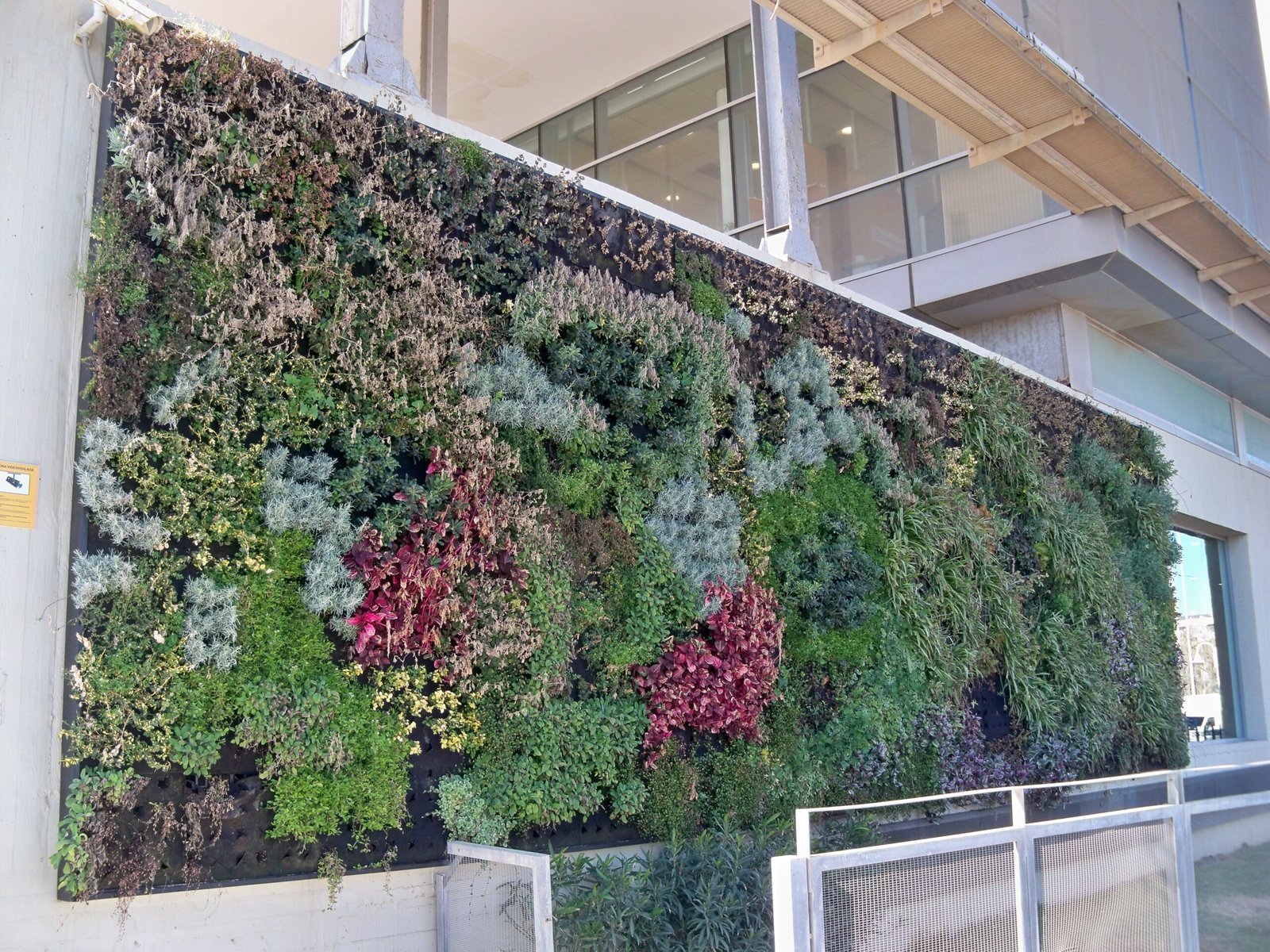
Singapore’s transformation required more than good intentions; it demanded radical rethinking of urban design. Instead of fighting against nature, city planners and architects embraced it. Buildings sprouted plant-covered facades, while highways and rooftops became unlikely homes for tropical climbers and flowers. Vertical gardens, such as those at the Oasia Hotel or the iconic Parkroyal Collection Pickering, illustrate how architecture and botany can dance together beautifully. These living walls do more than just beautify—they insulate buildings, reduce heat, and provide refuge for birds and insects. The result is a city where plants are not confined to parks, but are invited to colonize every available surface.
Gardens by the Bay: A Living Laboratory
No discussion of Singapore’s plant paradise is complete without Gardens by the Bay. This futuristic park is more than just a tourist attraction; it’s a scientific experiment in biodiversity, sustainability, and horticultural artistry. Its towering Supertrees are vertical gardens in themselves, supporting thousands of plant species and acting as environmental engines by collecting rainwater and generating solar power. Meanwhile, the Cloud Forest and Flower Dome offer visitors a chance to experience rare ecosystems from around the world, all under glass. By merging technology and ecology, Gardens by the Bay challenges our ideas about what a city can be—and what plants need to thrive.
The Science Behind Singapore’s Green Success
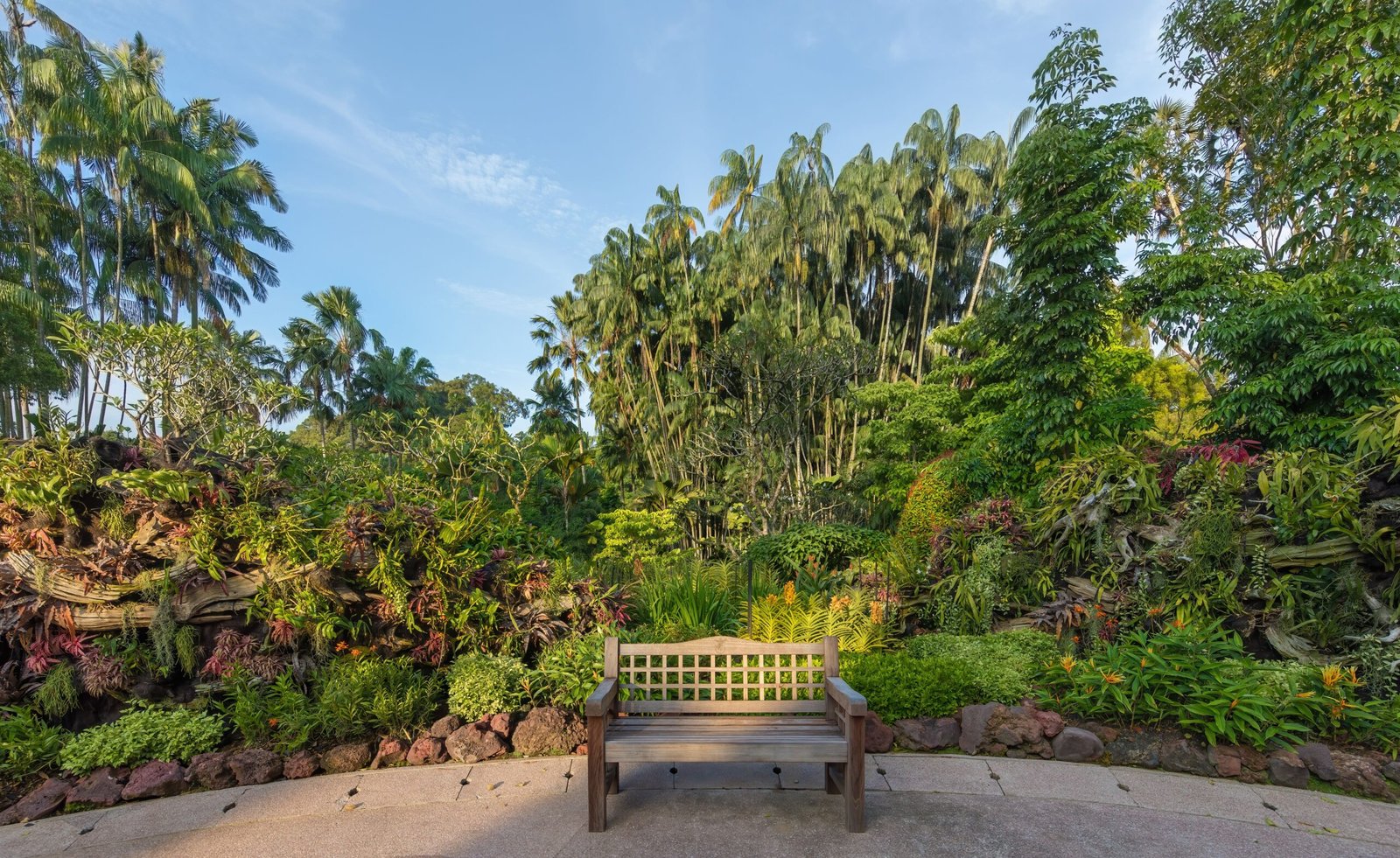
Singapore’s plant-friendly environment is not just the result of good gardening; it’s a triumph of science and research. Botanists, horticulturists, and environmental engineers work hand in hand to choose plant species that can withstand urban stresses—heat, pollution, and limited soil. The Singapore Botanic Gardens, a UNESCO World Heritage site, leads research into plant propagation and conservation, helping to rescue endangered species from extinction. Advanced irrigation systems and smart sensors monitor plant health, ensuring that every leaf and petal receives exactly what it needs. This marriage of tradition and cutting-edge technology sets Singapore apart as a global leader in urban greening.
Wildlife Finds a Home Among the Skyscrapers
It’s not just plants that benefit from Singapore’s green revolution. Birds, insects, and even rare butterfly species have found refuge in the city’s pockets of nature. The presence of native trees and flowering shrubs has attracted pollinators, which are crucial for plant reproduction and ecosystem balance. In places like the Southern Ridges or the Sungei Buloh Wetland Reserve, it’s possible to glimpse wildlife that once seemed banished from city life. This resurgence of biodiversity not only delights residents and visitors—it strengthens the city’s ecological resilience in the face of climate change and urban growth.
Community Gardens: Bringing Nature to the People
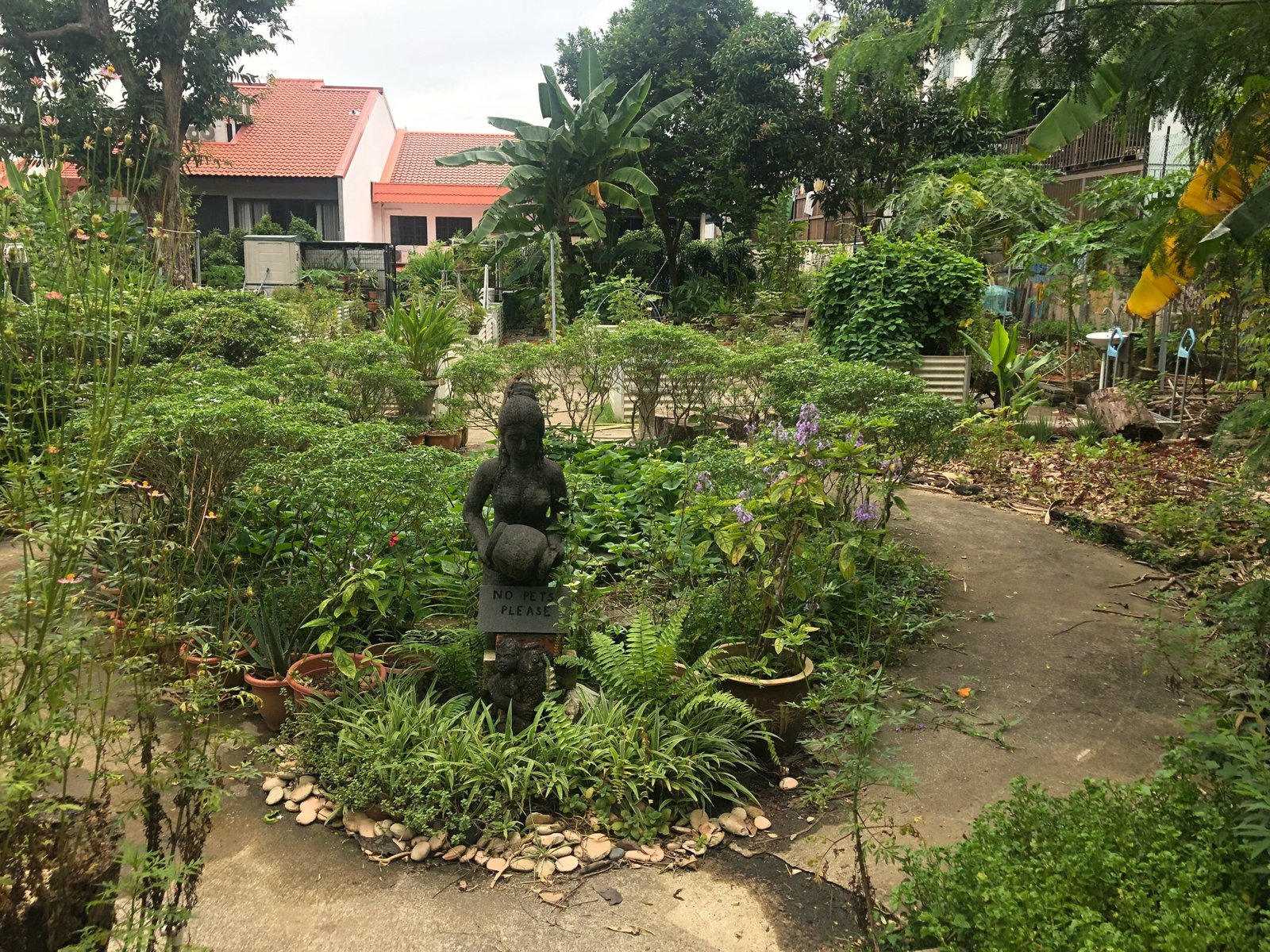
Singapore’s greening movement is not just top-down; it’s also grassroots. Across housing estates and neighborhoods, community gardens have blossomed, tended by residents young and old. These spaces provide more than fresh herbs or vegetables—they offer a sense of connection, pride, and joy. Gardening programs in schools and public spaces help foster a love of nature in new generations, ensuring that the city’s plant-friendly ethos will endure. In a society where space is precious, these shared gardens prove that everyone can play a part in nurturing urban nature.
Climate Resilience Through Urban Greening
As the world faces rising temperatures and unpredictable weather, Singapore’s embrace of plants is more than aesthetic—it’s a survival strategy. Trees and green roofs help cool the city naturally, reducing the need for energy-intensive air conditioning. Rain gardens and bioswales absorb stormwater, preventing floods and protecting water quality. Plants help filter air pollutants, making the city healthier for residents. By weaving greenery into every aspect of urban life, Singapore has built resilience against climate threats while creating a more comfortable, liveable city.
Rare and Endangered Plants Find Sanctuary
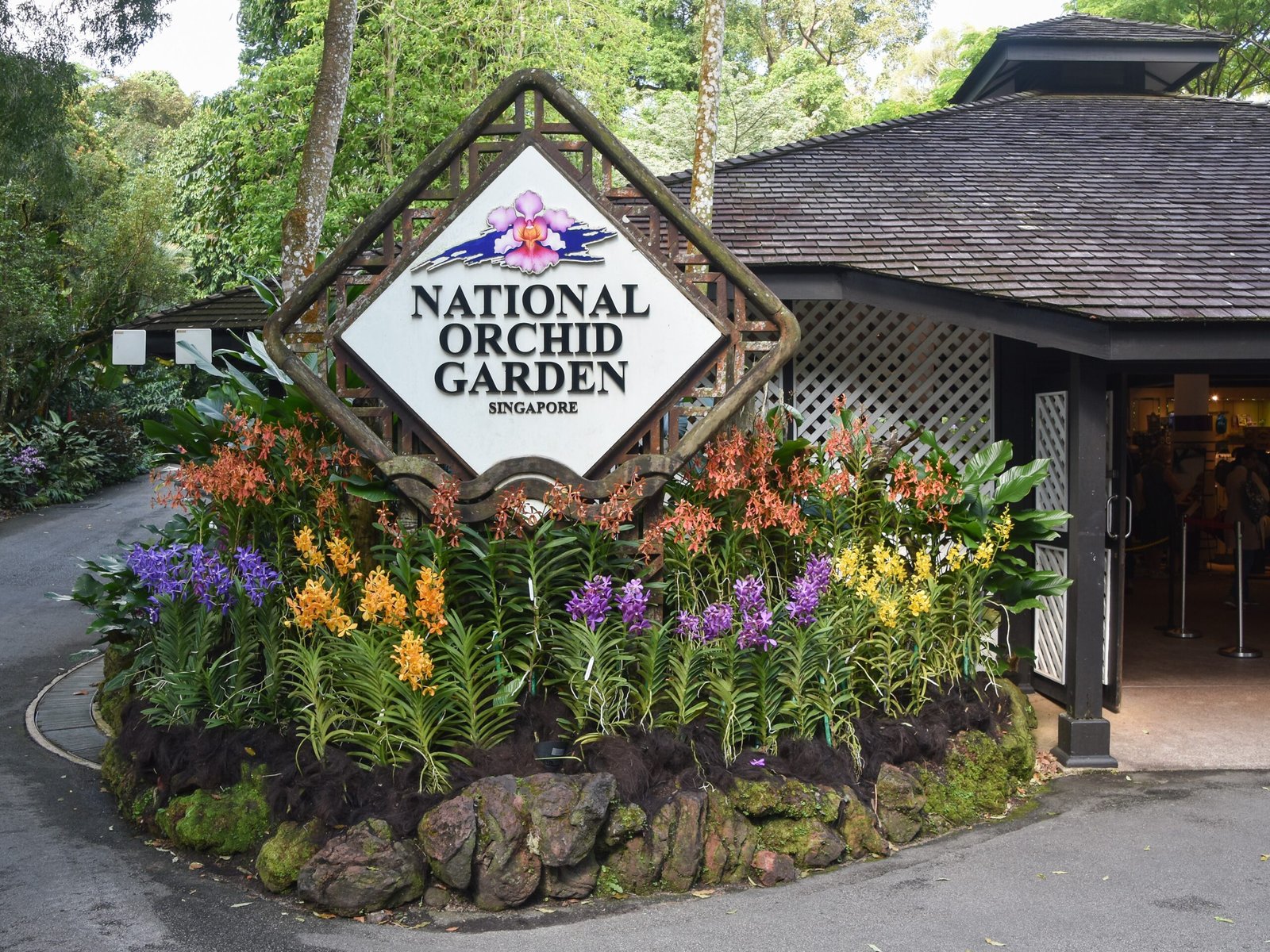
Singapore has become a haven for rare and endangered plant species, many of which are threatened by habitat loss elsewhere in Southeast Asia. The Singapore Botanic Gardens and Gardens by the Bay actively propagate and showcase these species, raising public awareness and supporting global conservation efforts. For example, the National Orchid Garden boasts the world’s largest collection of orchids, including species saved from the brink of extinction. These living treasures serve as a genetic bank for the future, preserving biodiversity for generations yet to come.
Plant Passports: Preventing Pests and Disease
Maintaining a healthy plant population in a dense urban environment is no small feat. Singapore employs stringent biosecurity measures to prevent the spread of pests and diseases, including strict quarantine protocols and plant “passports” for imported species. Horticultural experts regularly inspect landscapes for signs of trouble, swiftly containing outbreaks before they can spread. This vigilance ensures that the city’s green spaces remain vibrant and healthy, providing a model for other cities facing similar challenges.
Green Corridors: Connecting Urban Nature
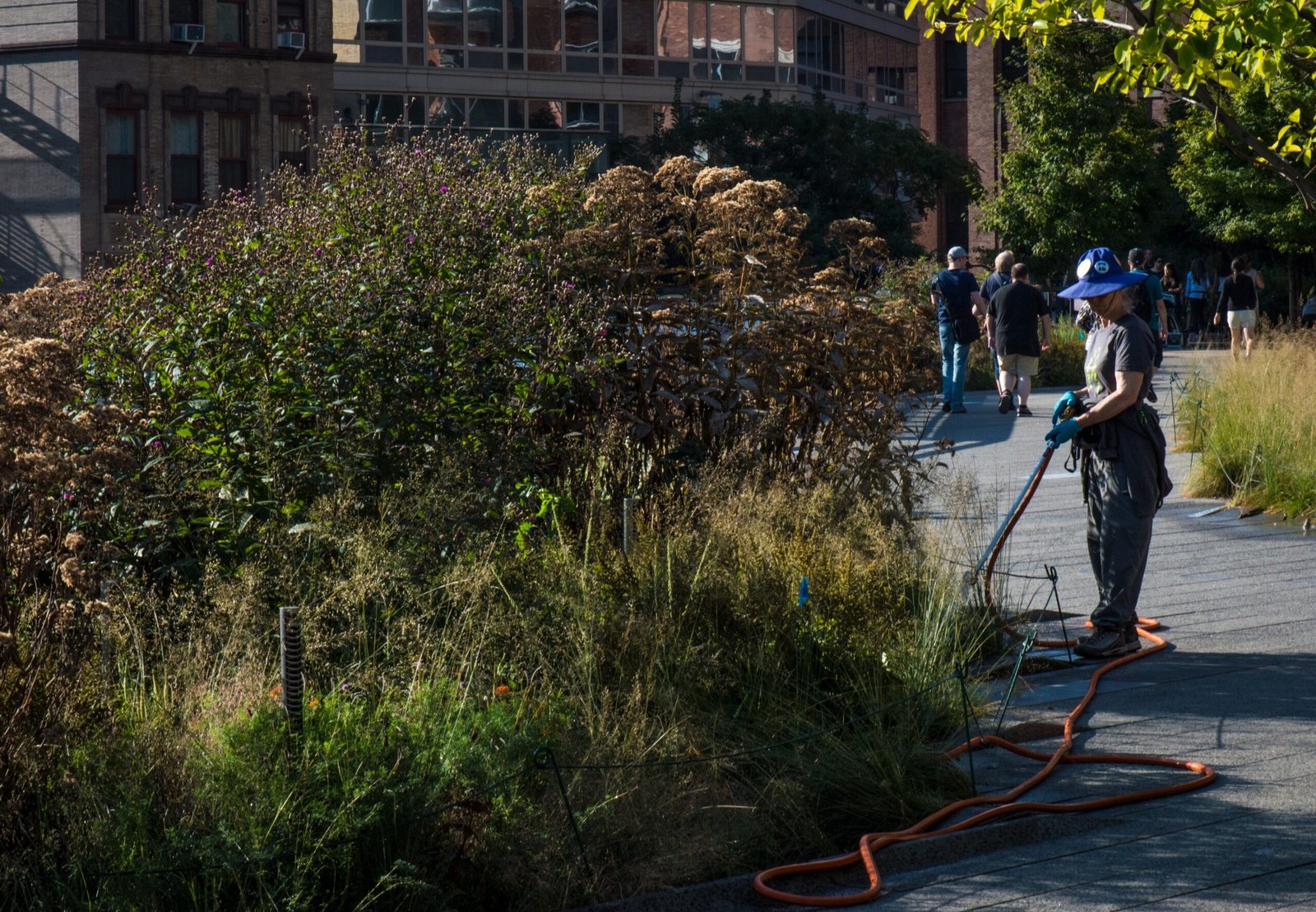
One of Singapore’s most ambitious projects is its network of green corridors—continuous strips of parkland, gardens, and restored habitats that link different parts of the city. The Park Connector Network, for instance, allows people and wildlife to move safely through the urban landscape, from the coast to the heartlands. These corridors support genetic diversity in plants by enabling their seeds and pollen to travel, while also offering residents peaceful routes for walking, cycling, and connecting with nature. In a city where every square meter counts, these green arteries are lifelines for both plants and people.
What the World Can Learn from Singapore’s Botanical Revolution
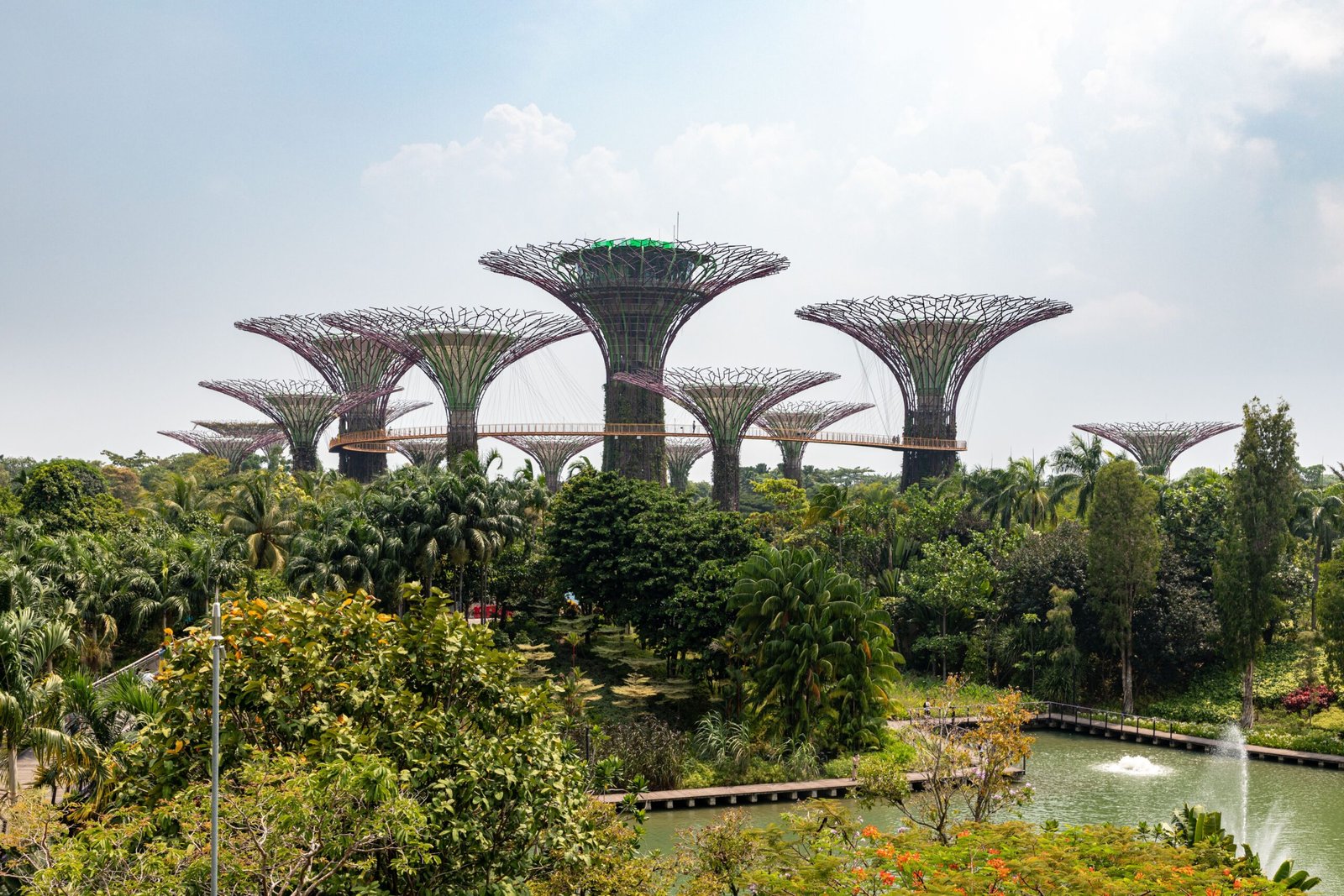
Singapore’s rise as a plant paradise offers powerful lessons for cities everywhere. By prioritizing nature, investing in science, and involving the community, the city-state has shown that even the most urbanized environments can become sanctuaries for plant life. As urban populations grow and green space shrinks elsewhere, Singapore stands as proof that cities don’t have to choose between progress and nature—they can have both, in dazzling harmony. What might your own city look like if it dared to dream—and plant—like Singapore?


